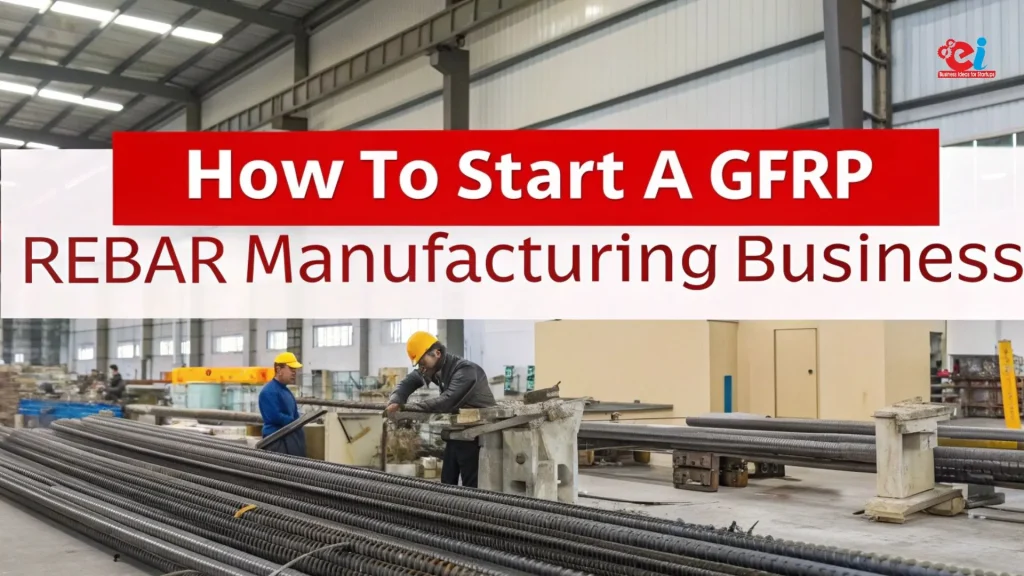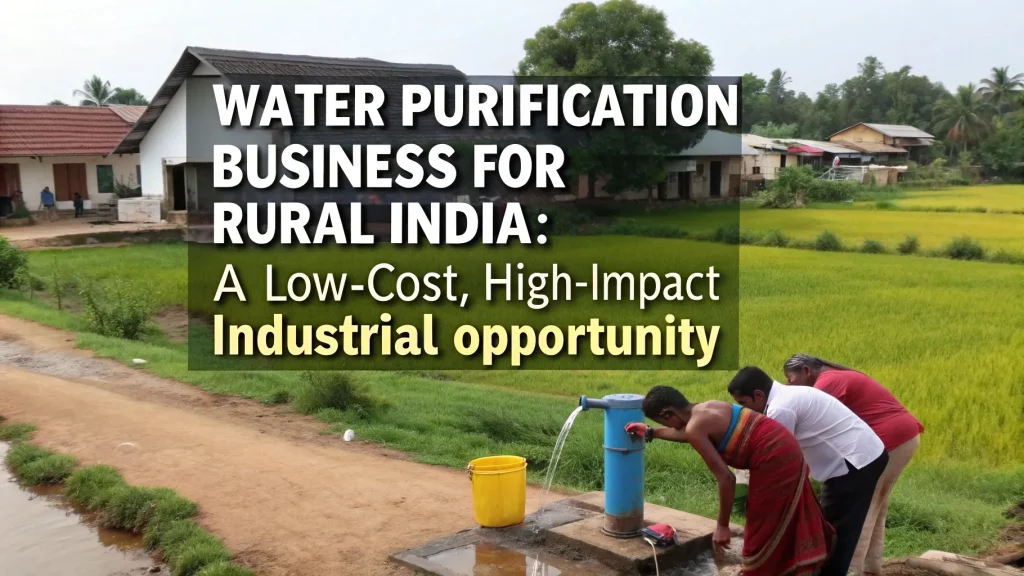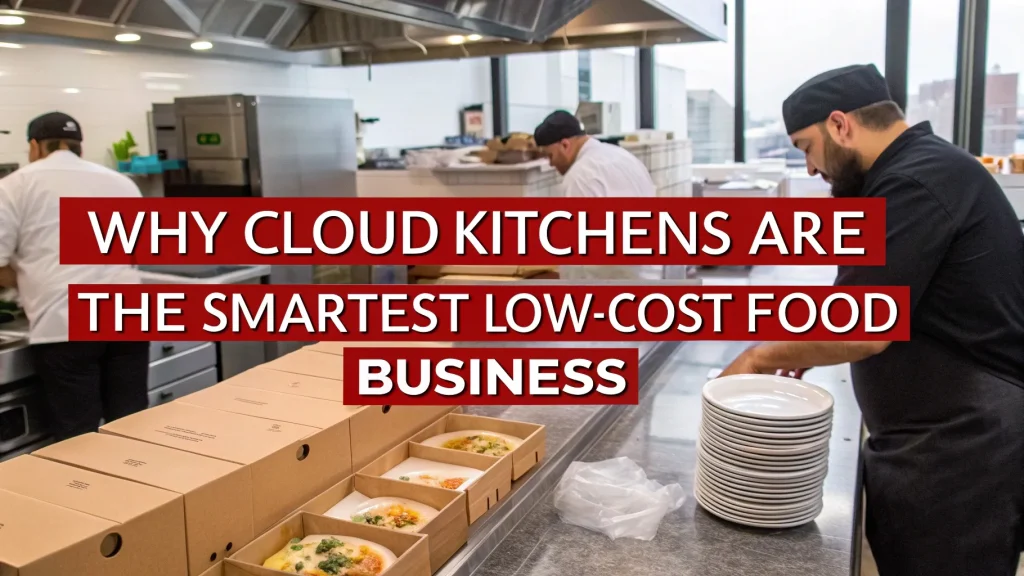sTissue paper is an essential product used in homes, offices, hospitals, restaurants, and countless other places around the world. Its popularity has steadily increased thanks to its convenience, softness, and hygienic qualities. However, the large-scale manufacturing of tissue paper using virgin pulp contributes to deforestation and environmental degradation. As a result, many eco-conscious entrepreneurs and small-scale manufacturers are exploring how to make tissue paper from recycled paper as a sustainable alternative. Recycling paper to make tissue paper not only conserves natural resources but also helps reduce waste and promotes a circular economy.
The Sustainable Process of Making Tissue Paper from Recycled Paper
In this comprehensive article, we will explore in detail how to make tissue paper from recycled paper, highlighting each crucial step in the production process, the equipment needed, and the environmental benefits. Whether you are an aspiring entrepreneur, an eco-friendly craft enthusiast, or a sustainability advocate, understanding how to make tissue paper from recycled paper will empower you to make a positive environmental impact.
Understanding Tissue Paper and Its Uses
Tissue paper is a lightweight, soft, and absorbent paper product that can be used for a variety of purposes including hygiene (toilet paper, facial tissues, paper towels), wrapping, packaging, and crafts. Its demand has grown exponentially with urbanization and rising living standards. Traditionally, tissue paper was produced from virgin wood pulp, but with increased environmental awareness, recycled paper has emerged as a preferred raw material. By repurposing discarded office paper, newspaper, or other post-consumer waste, manufacturers can significantly reduce their environmental footprint while satisfying the growing need for tissue products.
Collecting and Sorting Waste Paper
The first step in learning how to make tissue paper from recycled paper is collecting appropriate raw materials. Generally, waste paper is collected from households, offices, schools, and commercial establishments. However, not all waste paper is suitable for tissue paper manufacturing. It is crucial to sort the waste paper to remove materials coated with plastic, heavy ink, or adhesives, as these can negatively affect the softness and absorbency of the final product. High-quality white waste paper, like old office printing sheets, is ideal for making tissue paper.
Once collected, the waste paper is manually or mechanically sorted to eliminate contaminants such as staples, pins, or plastic bindings. Proper sorting ensures that the recycled pulp will be of high enough quality for hygienic and soft tissue paper production.
Pulping the Waste Paper
After sorting, the next step in how to make tissue paper from recycled paper is pulping. The sorted waste paper is fed into a pulper, which is a large machine equipped with water and mechanical agitation to break down the paper fibers. During this process, water is added to the waste paper, and the mixture is vigorously agitated to break down the paper into a fibrous slurry called pulp.
At this stage, various chemicals may be added to the pulper to help de-ink the fibers, brighten the pulp, and improve fiber separation. Enzymes or eco-friendly de-inking agents can be used instead of harsh chemicals to make the process more environmentally friendly. The pulping process usually takes a few hours, depending on the quality of the waste paper and the desired softness of the tissue paper.
Cleaning and Refining the Pulp
Once the pulp is formed, it is transferred to a cleaning and refining stage. Here, screens and centrifugal cleaners remove any remaining large contaminants such as bits of plastic, metal, or sand. Additionally, flotation tanks or washing systems are used to remove ink particles and other fine impurities.
For tissue paper production, the pulp often undergoes a bleaching stage to improve its whiteness. If you want a more eco-friendly tissue paper, you can opt for Totally Chlorine Free (TCF) or Process Chlorine Free (PCF) bleaching methods, which are safer for the environment and human health.
The refined pulp is then adjusted for consistency, with water content regulated to create the right slurry for paper formation.
Forming the Tissue Paper Sheet
After cleaning, the pulp is pumped onto a paper machine’s forming section, which includes a moving wire mesh belt. The thin pulp slurry is evenly spread onto this belt, where water is rapidly drained by gravity and suction, forming a continuous wet sheet. This sheet passes through a press section to remove excess water and then moves to the drying section, where heated cylinders or air hoods dry it further.
To achieve the desired softness and lightweight feel, the tissue sheet is usually creped. Creping involves scraping the semi-dry tissue sheet off a drying cylinder with a doctor blade, which causes the paper to wrinkle slightly and increases its bulk and flexibility. This is a signature property of high-quality tissue paper.
Converting and Finishing
Once the tissue sheet is formed, it is wound into large jumbo rolls. These rolls are then transferred to converting machines, which cut, fold, emboss, and package the tissue paper into the final product—whether facial tissues, toilet rolls, or napkins.
Embossing is often done to improve the product’s softness and strength while also giving it an attractive look. For instance, many branded tissue papers feature decorative embossing patterns that make them visually appealing and more absorbent.
Finally, the finished tissue paper products are packed, labeled, and prepared for distribution.
Environmental Benefits of Recycling Paper into Tissue
One of the most important reasons to learn how to make tissue paper from recycled paper is the positive environmental impact. Conventional virgin pulp production contributes to deforestation, uses large amounts of energy and water, and creates chemical pollutants. In contrast, recycled paper tissue manufacturing:
-
Reduces demand for virgin wood pulp, conserving forests
-
Uses less energy and water than virgin pulp processes
-
Diverts waste paper from landfills
-
Lowers greenhouse gas emissions
-
Promotes a circular economy
By embracing recycled tissue paper production, you are contributing to a more sustainable and responsible manufacturing process.
Setting Up a Tissue Paper Production Unit
Entrepreneurs must carefully plan their tissue paper production unit using recycled paper for commercial-scale manufacturing. A typical recycled tissue paper manufacturing unit includes:
-
Waste paper collection and sorting area
-
Pulper with de-inking capabilities
-
Screening, cleaning, and bleaching equipment
-
Tissue paper machine (forming, pressing, drying, and creping sections)
-
Converting machines for cutting, embossing, and packaging
-
Water treatment system to recycle process water and manage wastewater
-
Quality control lab to maintain hygiene and softness standards
Initial investments vary from small manual setups to fully automated lines based on your production capacity and scale.
Challenges in Recycled Tissue Paper Production
While making tissue paper from recycled paper is eco-friendly and economically viable, it comes with some challenges:
-
Maintaining consistent pulp quality from variable waste paper sources
-
Removing ink and contaminants without harsh chemicals
-
Achieving desired softness and whiteness comparable to virgin tissue
-
Managing wastewater from de-inking and bleaching processes
-
Meeting hygiene and safety standards for products that come in contact with skin
However, with modern recycling technologies and good quality control practices, these challenges can be successfully addressed.
The Future of Tissue Paper from Recycled Paper
The global shift to sustainability boosts demand for eco-friendly tissue paper made from recycled materials. Consumers and many corporate clients prefer products with minimal environmental impact and recycled content.
Innovations in de-inking, fiber refining, and eco-friendly bleaching are making recycled tissue paper more competitive with conventional products. Moreover, renewable energy solutions and water recycling systems are helping manufacturers further reduce their environmental footprint.
Learning to make tissue paper from recycled paper is vital for entrepreneurs and communities to reduce waste and create green jobs. Schools and NGOs can even promote small-scale recycled tissue projects to educate children about sustainability.
Conclusion
In summary, knowing how to make tissue paper from recycled paper is an effective and practical way to support environmental sustainability while meeting a market demand for hygienic products. The process involves careful selection and sorting of waste paper, pulping, cleaning, forming, drying, converting, and packaging, with a focus on maintaining softness, strength, and hygiene.
Starting tissue paper production from recycled paper supports a greener future, whether for business or community use. It conserves resources, reduces landfill waste, and supports a circular economy. Investing in sustainable tissue paper helps preserve forests and natural resources for future generations.
Visit the page Select and Choose the Right Business Startup for You for sorting out the questions arising in your mind before starting any business and know which start-up you can plan. We, at NPCS, endeavor to make business selection a simple and convenient step for any entrepreneur/startup. Our expert team, by capitalizing on its dexterity and decade’s long experience in the field, has created a list of profitable ventures for entrepreneurs who wish to diversify or venture. The list so mentioned is updated regularly to give you a regular dose of new emerging opportunities.




